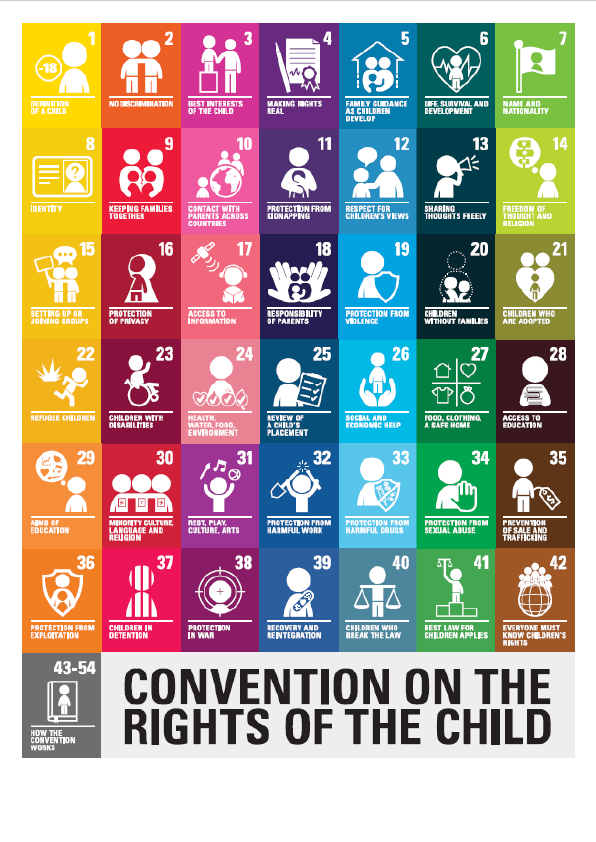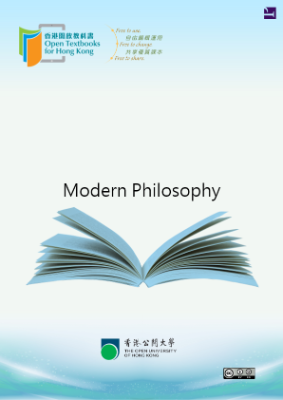This open-source book on Beginner Arabic is aimed at undergraduate students who are taking Arabic in their first semester. It is the introductory part of an open-source series in Arabic. It starts from scratch and builds literacy in the language while working on speaking and conversation from day one. By the end of this course, students will have covered letters and sounds and are ready to explore the language in a structured and organized manner. Each chapter starts with letters and sounds practice, then moves on to new vocabulary and structure in a lively and interactive approach.
This OER will be unique in its presentation of Arabic language content through theme-based modules. Each theme is addressed through vocabulary, grammar, reading, speaking, and writing components. Each chapter includes self-check embedded quizzes that help learners digest language concepts. The book is also designed with teachers in mind. Each chapter includes pair work and group tasks that the teacher can implement in class and other parts that can be assigned as homework. The last part in each chapter includes an overview assignment that some programs can use if they implement the hybrid approach.
The main focus of the book is to establish a sound basis in Standard Arabic structure in a simplified and sequenced approach. While developing a solid foundation in written Arabic, an introduction into spoken Egyptian Arabic will be integrated to enhance students’ spoken fluency and enrich their cultural experience in their language-learning journey. Most Arabic programs will be able to cover this course in half a semester, after which they can direct their students to the second level Elementary Arabic available at the MSU Libraries Open Textbook Publishing website.
Arabic Letter shapes in words
In this video, you will see how letters change shape in initial, middle and final position of words. This is an overview to get prepared for the writing training and connecting letters practice that we will conduct in the following chapters. Video of Arabic Alphabets
Arabic Short vowels
Short vowels (a-i-u) are represented in Arabic as diacritics above or below the letters. These marks are not necessarily written, as native speakers can read without having these short vowels. You will also be trained to implicitly recognize them. Watch this video to see how these vowels look like.
Arabic Letter shapes in words In this video, you will see how letters change shape in initial, middle and final position of words. This is an overview to get prepared for the writing training and connecting letters practice that we will conduct in the following chapters. Video of Arabic Alphabets Arabic Short vowels Short vowels (a-i-u) are represented in Arabic as diacritics above or below the letters. These marks are not necessarily written, as native speakers can read without having these short vowels. You will also be trained to implicitly recognize them. Watch this video to see how these vowels look like.
Arabic words are formed by tying or binding letters together. To adjust to this process, letters take different shapes in initial, middle, and final positions. You cannot just put letters side-by-side, rather, letters are connected in a process like stitching.











